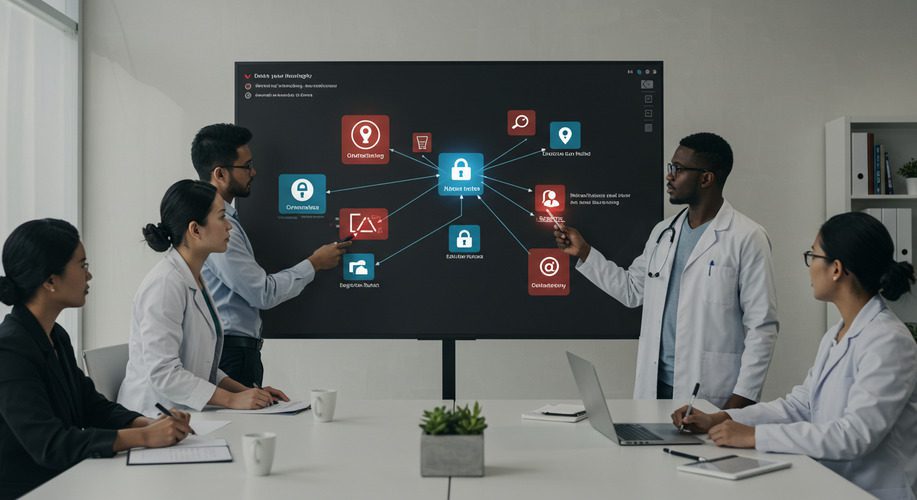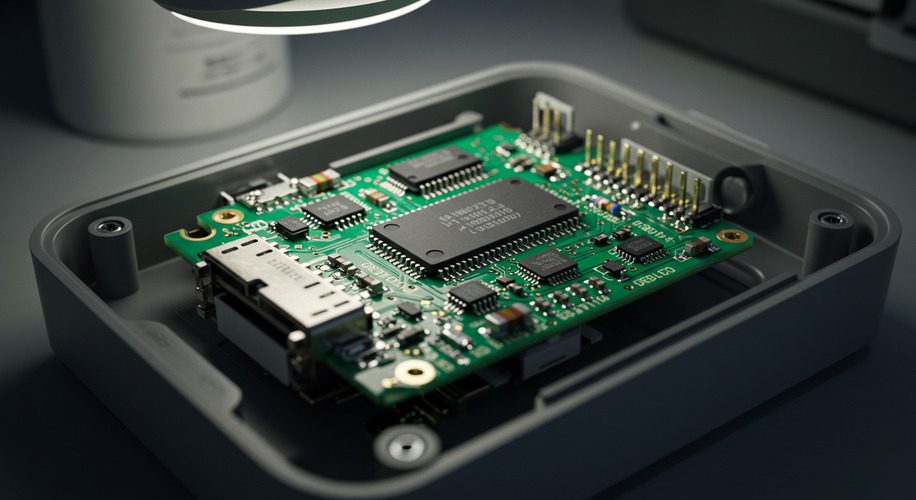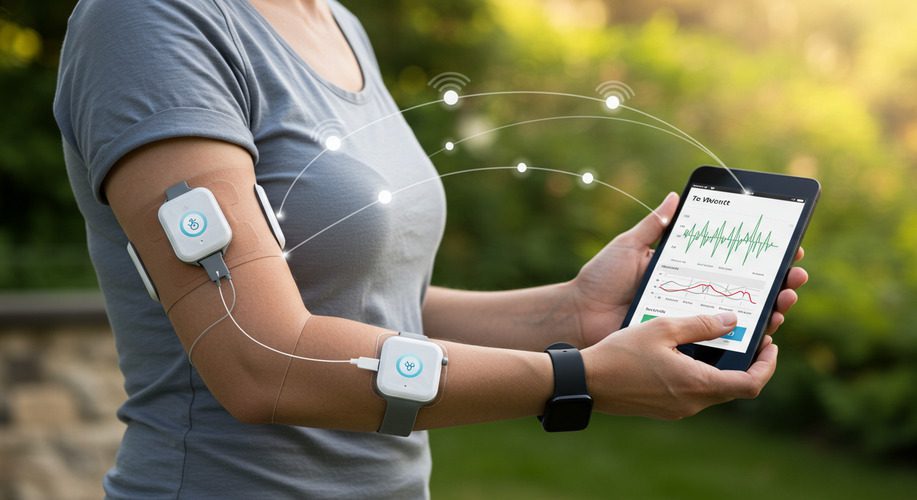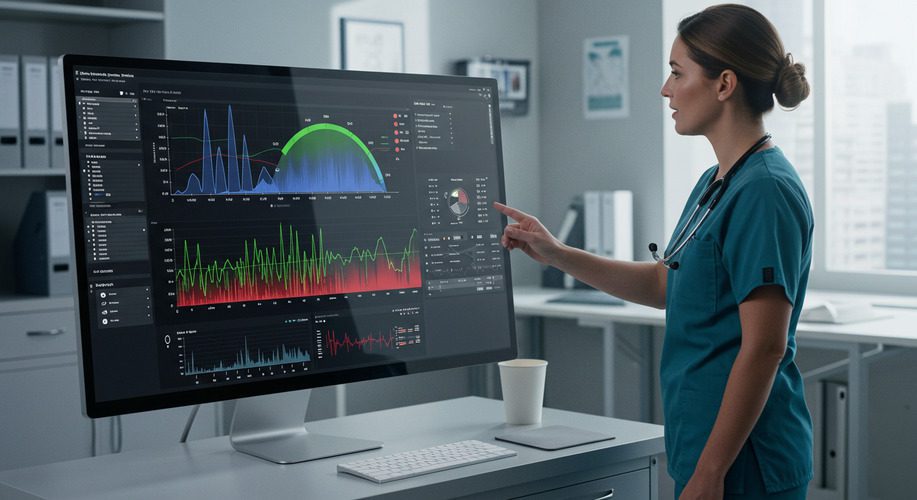
Article
Managing Emerging Risks in SaMD: Strategies for 2025 and Beyond

Understanding the distinction between Software as a Medical Device (SaMD) and embedded software is essential for anyone involved in medical technology development. While both are critical to advancing healthcare, their roles, regulatory requirements, and deployment differ significantly. This guide explores the key differences, helping you align your development efforts with industry needs.
Embedded software is integral to the operation of hardware medical devices. It’s designed to perform specific tasks within the hardware it supports, ensuring seamless functionality and safety.
Software as a Medical Device (SaMD) operates independently of specific hardware. It performs medical functions such as diagnosis, monitoring, or treatment, often leveraging advanced analytics and cloud-based platforms.
Some systems combine SaMD and embedded software, creating hybrid solutions:
Example: An ECG monitor’s embedded software processes initial signals, while a SaMD app evaluates heart rhythms for potential anomalies.
Understanding the distinction ensures you meet the correct regulatory requirements. SaMD follows unique risk-based frameworks, while embedded software compliance is tied to its hardware.
SaMD requires expertise in software design, data analysis, and cloud integration.
Embedded software development focuses on firmware engineering and hardware-software interaction.
SaMD opens doors to broader distribution channels, such as app stores or subscription-based cloud platforms, while embedded software is tied to the hardware’s sales.
The differences between Software as a Medical Device (SaMD) and embedded software highlight the diverse opportunities and challenges in medical technology development. SaMD’s standalone nature enables greater flexibility and scalability, while embedded software ensures hardware functionality and safety.
For more insights, check out these related articles:
By understanding these distinctions, you can align your development strategy with industry needs, ensuring innovation and compliance in the evolving MedTech landscape.
Related Posts

Article
Managing Emerging Risks in SaMD: Strategies for 2025 and Beyond

Article
Emerging Opportunities in SaMD and MedTech for 2025

Article
Creating a Risk-Based Approach for SaMD Development

Article
The Role of Predictive Analytics in SaMD for Proactive Healthcare